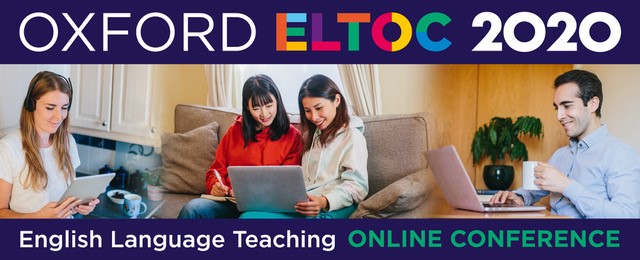Let’s start with a video – a short film that was commissioned by the Irish Film Board in 2009.
Its title is, quite simply, “Teeth”. Perhaps you’ve seen it before?
Teeth from Noreen Fitzgerald on Vimeo.“Teeth”: directed by Ruairi O’Brien and John Kennedy, and produced by Noreen Fitzgerald.
I wonder what you thought of that? I have used this short film in a number of teacher training contexts. Speaking from experience, I know that it has a particularly wide appeal. Regardless of people’s age or background, it seems to be universally enjoyed.
There are other reasons why, as a teacher, I am attracted to “Teeth.” I love its economical simplicity. This is a story reduced down it to the essential ingredients only. The lack of spoken dialogue forces us to work with the visual narrative – the story told in moving images. At under two minutes long, I have heard “Teeth” referred to as a “super short film”. This is important as it ensures that we don’t have to worry about turning the classroom into a cinema – another key consideration.
But most importantly, it’s the story that I love. The bite-sized narrative allows us to explore some fundamental issues of what it is to be human: friendship, schadenfreude (link here: https://en.wikipedia.org/wiki/Schadenfreude), and justice – all wrapped up in one delightful comedy.
So what would you do with it in the classroom?
It’s a question that I have asked many language teachers in many parts of the world. Perhaps the most common ideas are to introduce a topic (e.g. fishing, practical jokes, friendship, or teeth) or to practise a grammar point (e.g. the present continuous to talk about what the two characters are doing).
Either of these ideas might be quite successful, but I can’t help thinking that they underuse the video and neglect the story that it offers.
What do I mean by that? Well, it is important for teachers to be aware that there is never just one story. We might read the same book, watch the same film, or listen to the same podcast. However, we all experience it in a different way.
We make different connections and associations. We ask silent questions and make predictions. We look for meaning and interpret symbols. We judge protagonists and evaluate their decisions. We identify with characters and form bonds with them. We put ourselves into the story and adopt experiences as if they were our own. We find our own stories within the story. We make our own meaning.
In the language classroom, it is this divergence of interpretation that can make a short film like “Teeth” such a powerful piece of material.
But how do you harness that power? How do you turn a 2-minute narrative into a meaningful discussion of the story? Join me at ELTOC 2020 to find out.
How do you use video in your classroom? This is a question that I have been asking teachers ever since YouTube was launched in 2005. Over that time, I have come to a conclusion: there is a tendency for us to focus on the video and neglect the story that it offers. In my ELTOC talk, I would like to share some activities in which technology takes a backseat and good old-fashioned storytelling comes to the front of the class.
Register now for the ELTOC 2020 waitlist! I look forward to seeing you for my talk.
Jamie Keddie started off with a degree in Biochemistry from the University of Aberdeen in Scotland. Realizing that he actually wanted to be a musician, he spent most of his twenties studying at Leeds College of Music in Yorkshire, England. After that, he worked as a singer-piano player on ships, but nothing too glamorous.
In 2001 Jamie moved to Barcelona and became an English teacher. Gradually, his passion moved from music to education, video and storytelling.
As a trainer, Jamie has shared his ideas and insights with teachers and educators in over 40 countries. He is the author of Images (Oxford University Press, 2008), Bringing online video into the classroom (Oxford University Press, 2014) and Videotelling: YouTube Stories for the Classroom (LessonStream Books, 2017).



what is etloc?
i use video on my presentation, it’s
quite interesting. what is ETLOC?